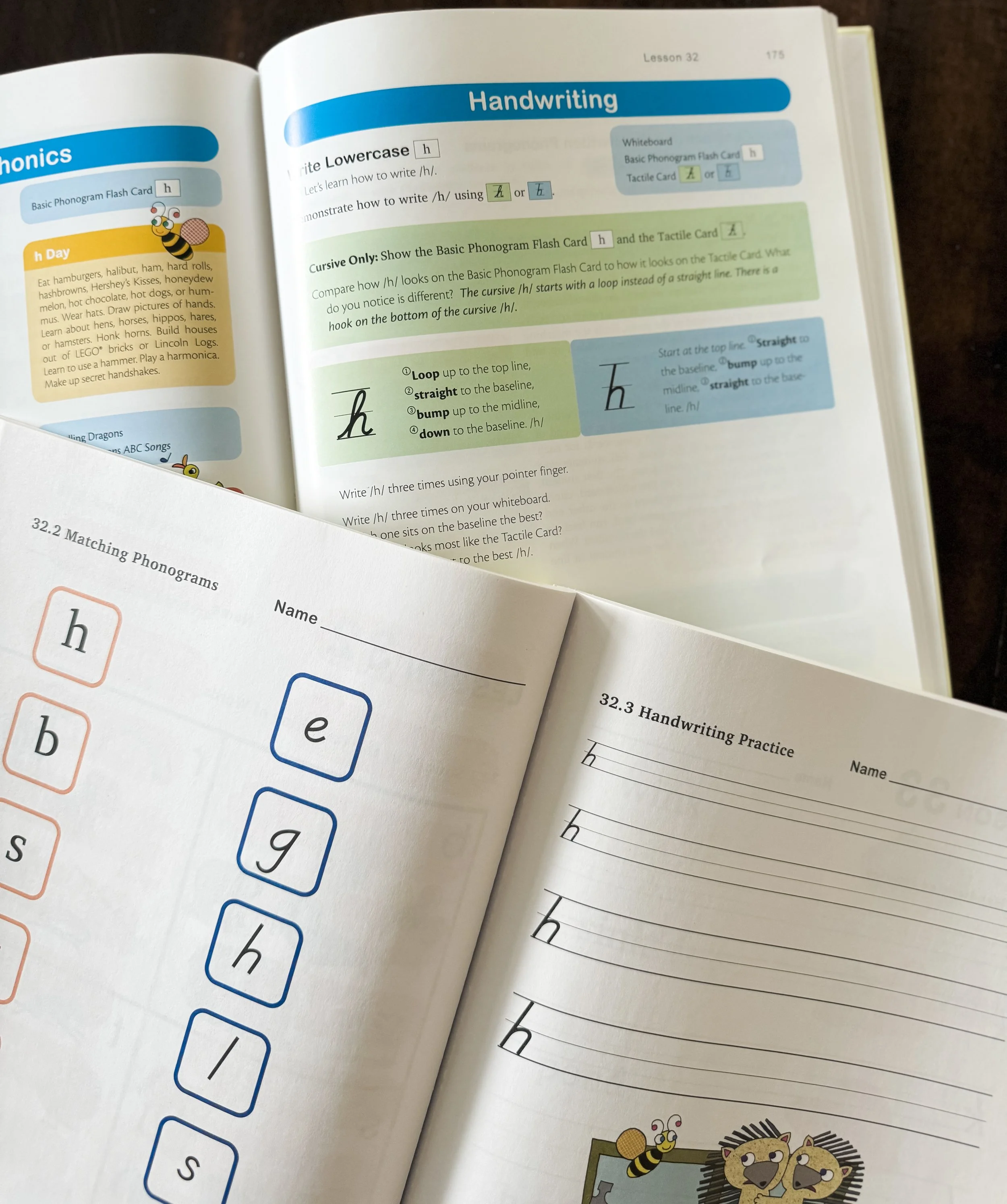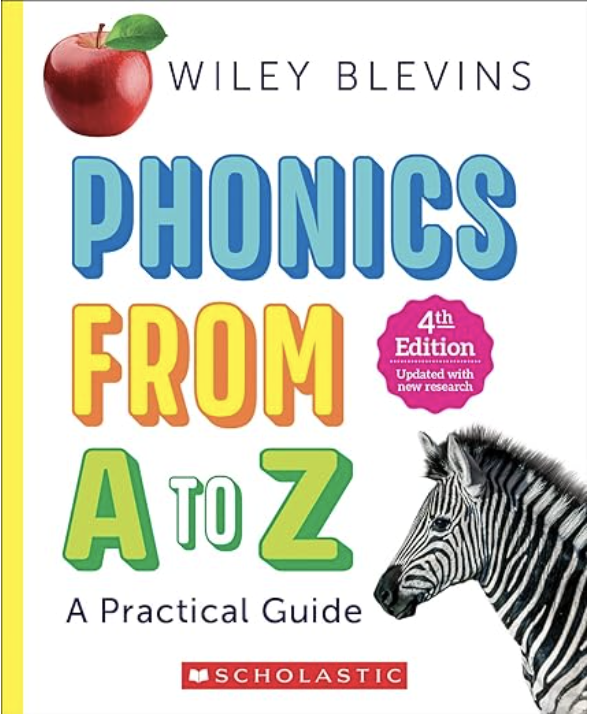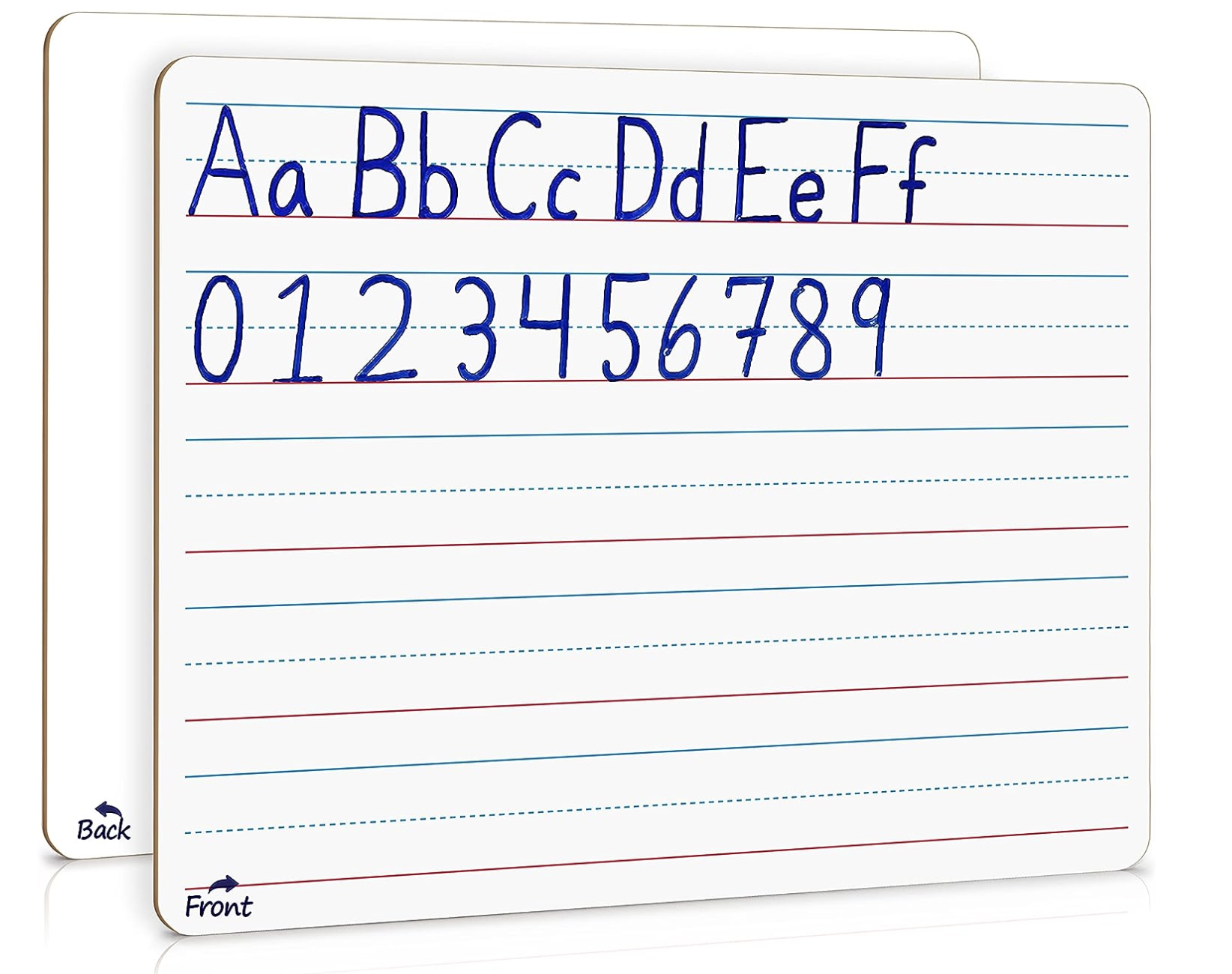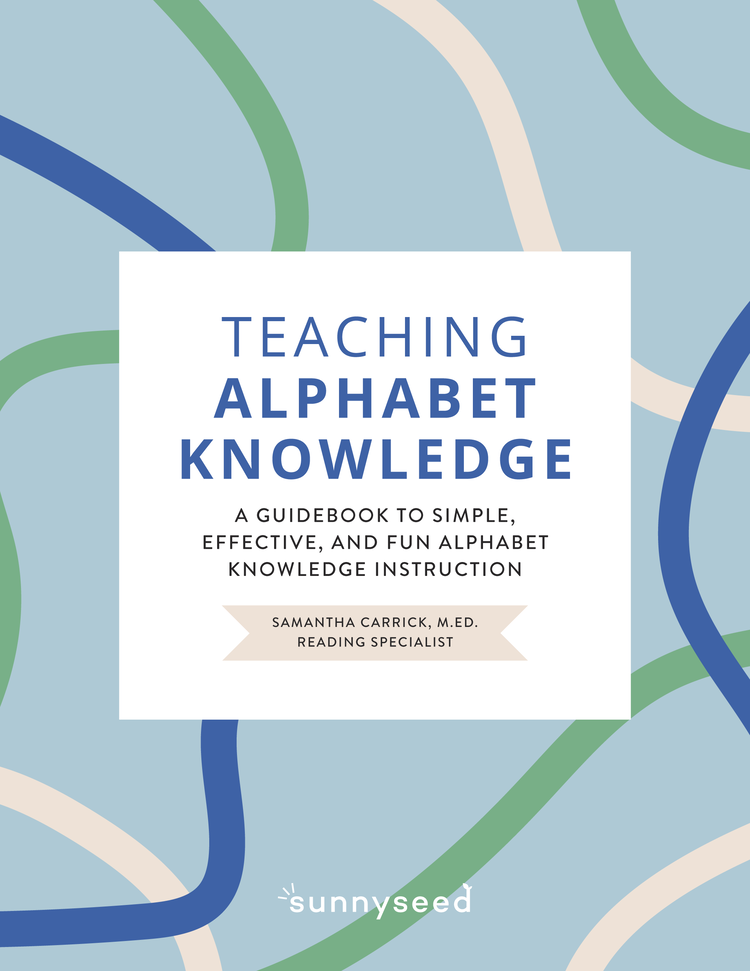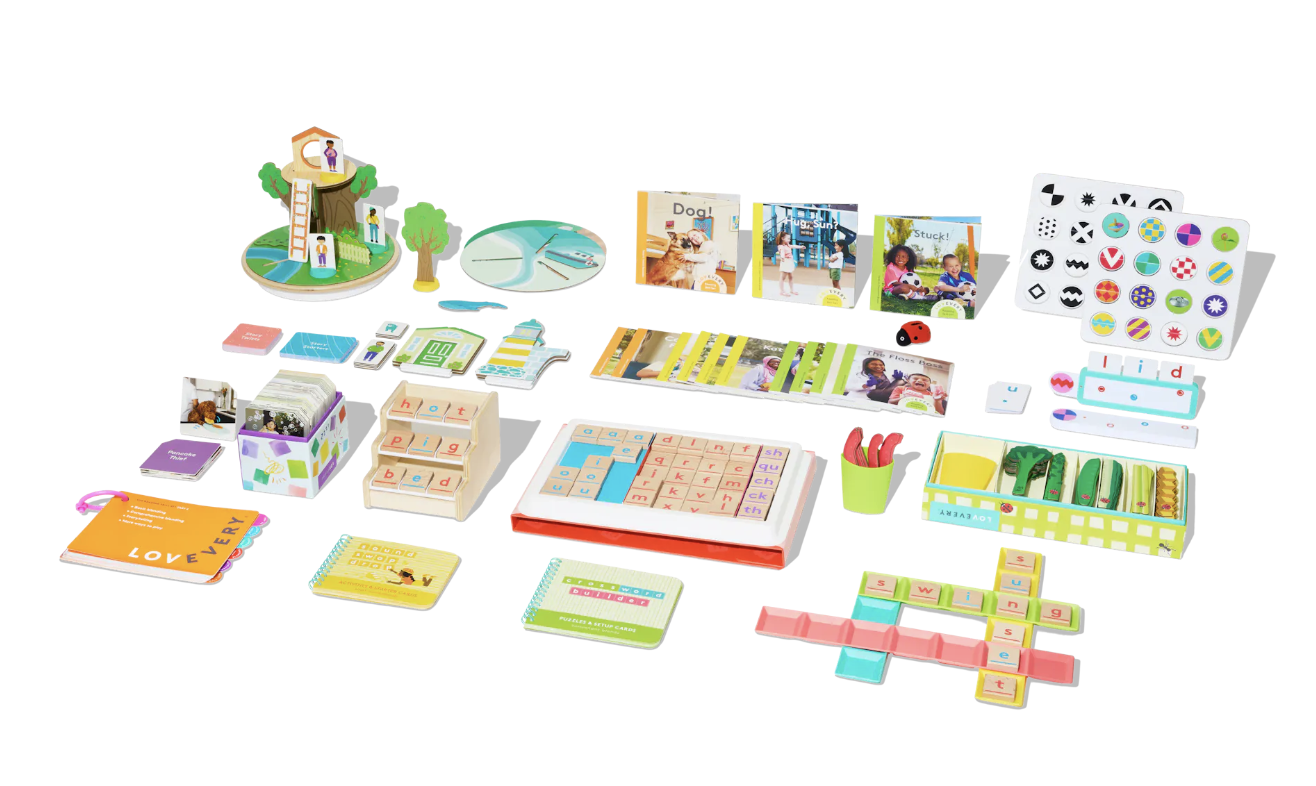Which homeschool curriculum and reading resources are best?
Learning how to read is one of the most important skills we will teach our children. Choosing the right homeschool literacy curriculum can be challenging, but aligning your child's education with the science of reading ensures a more enjoyable, effective, and efficient experience. The best curriculums incorporate evidence-based strategies that emphasize phonemic awareness, phonics, reading fluency, and comprehension. In this blog post, we explore the top SOR aligned curriculum options available for both classrooms and homeschoolers, providing you with the resources necessary to deliver effective, structured literacy instruction.
WHY THIS MATTERS
With sufficient direct instruction on the foundational skills of reading, 95% of students can learn to read. Without a structured literacy approach, it is estimated only 30% of students will learn to read. We are seeing confirmation of this currently with only 35% of students reading proficiently in the United States.
Any instructional method, or misguided curriculum, that does not teach the components of the science of reading in an explicit, cumulative, and responsive way will leave children behind, whether in a school or homeschool setting.
Unfortunately, a majority of the homeschool curriculums I reviewed have significant gaps in their approach, or scope and sequence.
Ideally, our curriculums and initial reading approach would be in alignment with Structured Literacy.™ Structured Literacy an evidence-based best practice approach for teaching foundational literacy skills:
EXPLICIT - Direct teaching of rules and patterns of the language are explicitly taught.
SEQUENTIAL - Concepts are taught in a well planned and logical sequence where a concept must be mastered before moving onto the next.
CUMULATIVE - Lessons build upon previously learned concepts with constant review and reinforcement.
MULTI-SENSORY - Connections are made using the visual, auditory, kinesthetic, and tactile pathways, which increase memory, motivation, and understanding.
SYSTEMATIC - Begins with the most basic levels of phonics and develops into more advanced phonological concepts, think “walk, crawl, run.”
STRUCTURED - Concepts are taught in the same routine every time.
DIAGNOSTIC - The teacher is continuously monitoring the student’s reading, spelling, and writing, and planning lessons in response.
Reading curriculums should also include all components of reading.
MASTERY BASED CURRICULUMS
One of the primary benefits of homeschooling children, in my opinion, is the ability to utilize a mastery-based curriculum, rather than following a grade-level curriculum (or pace). A mastery-based program allows you to:
Focus on your child’s ability instead of on her age or grade level.
A mastery-based program teaches at your child’s pace instead of at a rigid pace set by the curriculum. This gradual, incremental approach respects your child’s developmental level and allows you to slow down or speed up as needed. Anna Gillingham, one of the founders of the Orton-Gillingham approach, put it this way: “Go as fast as you can, but as slow as you must.”
Follow a carefully sequenced lesson with no gaps in reading instruction.
Use consistent review to make sure that learning “sticks”—that the brain is able to permanently store, manage, and effortlessly retrieve information for later use. Concepts that are forgotten are not mastered.
Progress to the next level only after mastery is achieved
Note: although not common in public schools, classrooms can also follow a Mastery Based Curriculum, such as the two I share below.
ALL ABOUT READING
Pros
Orton-Gillingham based program
Easy to use, little prep
Engaging for kids. Includes games, hands-on materials.
Decodable readers are high quality with beautiful illustrations that feel like real books.
I prefer this style of fluency practice to build confidence in new readers.
Includes phonics, vocabulary, and comprehension in as little as 20 minutes a day (I’d argue kids need a bit more).
I find this curriculum slightly easier to use (less clunky) than others, and have seen my child find great success with it in first grade (level 1 and 2)!
Cons
Spelling is taught separately in the All About Spelling program. On a positive note, kids can gain confidence in reading slightly quicker. I consider this a con since reading and spelling are so intrinsically linked, when the focus is on explicit phonics. You can easily incorporate additional spelling practice in alignment with the phonics lessons you are focusing on.
Does not include handwriting, creative writing, or grammar.
Cost & Materials
~$160. They offer an incredible 365 day guarantee. If you don’t love the program, send it back within a year for a full refund.
I strongly recommend the additional tiles and the games. Kids do best with multi-sensory learning!
Includes teacher manual, student activity book, flash cards, readers.
If you save the workbook games and resources in clear page protectors, you could use this program again with other children since there is not much writing done in the actual workbook.
5 levels: Use this placement test or explore their scope & sequence to see which level is right for you. In general:
Pre-Reading is for kiddos unable to identify all their letter sounds or count syllables, Level 1 – kindergarten, Level 1 & 2 – first grade
LOGIC OF ENGLISH
PROS
Orton-Gillingham based program
Includes a multi-sensory approach with games and materials
Stronger focus on phonemic awareness
Comprehensive program
Better suited for kiddos with dyslexia or older kids with foundational gaps
Colorful and simple student books
Includes handwriting and some grammar
Cons
It’s great for logical thinkers and goes deeper into sounds, placement of tongue, phonics rules, etc, which can be amazing for some kids and too much for other kids.
Teaches all the sounds a letter makes and then dives in deeper to each one, which might actually be confusing for some kids. Generally we start with the most common sound(s) and then build on.
Cost & Materials
4 Foundations levels A-D, generally A is preschool, B is for kindergarten, C picks up the pace. You can read more about their pacing and placement tests here.
$95-$207
Includes teacher manual, student book, flash cards, phonogram tiles, spelling quick reference guide (amazing!), whiteboard, handwriting materials, some readers.
IMSE Orton-Gillingham Training
Another option is to gain the skills to teach reading instruction without needing to follow a particular curriculum, enabling you to truly understand the instructional APPROACH with practical Orton-Gillingham training from Institute for Multi Sensory Education (IMSE).
Orton-Gillingham was among the first teaching approaches designed to help struggling readers by explicitly teaching the connections between letters and sounds. In the 1930s, neuropsychiatrist and pathologist Dr. Samuel T. Orton and educator, psychologist Anna Gillingham developed the Orton-Gillingham approach to support students with what we now know is called dyslexia. This approach has been proven to support ALL readers, not just struggling readers, and has become widely known as the gold standard for phonics.
Should you decide to become certified in IMSE's Orton-Gillingham, you are making a lifelong investment in your child’s literacy education, as well as opening up the opportunity to become an exceptionally skilled tutor or educator. (I only recommend OG certified reading tutors.)
During the training, participants will develop lesson plans, be observed, and have a one-on-one coach while using the IMSE OG methodology in their classroom, small group or individual student. Training can be completed in person or virtually, ranging from $375-$2500.
To learn more, check out my Science of Reading & Educator Training post.
OTHER HOMESCHOOL CURRICULUMS
PaTHWAYS TO READING
Pathways to reading is a research-based SOR aligned curriculum option for both classrooms and homeschoolers. While they included all necessary components of reading instruction, I found the curriculum to be a bit clunky compared to the others, and not as professional feeling.
UFLI
University of Florida Literacy Institute (UFLI) Foundations is a research-based, evidence-based program for young elementary classrooms, with a strong focus on developing strong decoding skills. I haven’t personally used this program (it’s only a few years old), but it seems like a much-needed solution for public schools. You would need to supplement with vocabulary and comprehension.
The Good and the Beautiful
I was gifted the preschool through third grade literacy curriculums from The Good and the Beautiful. I really enjoyed the faith component and beautiful illustrations, but found it lacking in explicit phonics instruction. I noticed signifigant gaps in their scope and sequence, and didn’t particularly love the spiraled approach for young students with regards to reading. I am in favor of a mastery-based curriculum. In addition, they missed the mark on something as simple as a using a proper sequence for teaching letters (not alphabetical order). I did like their sound cards and beautifully illustrated readers, but these were not truly decodable in my professional opinion. I could see this curriculum serving the 35% of children who can learn to read with broad instruction, but it does not align with a structed literacy approach, Orton-Gillingham, or Science of Reading research, which is why I cannot recommend it wholeheartedly.
ROOTED IN LANGUAGE
I have not personally explored this program in person and cannot make an informed recommendation at this time. Review coming soon!
Teach Your Child to Read in 100 Lessons
This book is not fully comprehensive or systematic, but many parents rave about it. I can see if working for about 40-50% of kids. I found it visually confusing and was annoyed with some of the sequencing and inconsistent instruction on diagraphs. For example: read the word eat spelled "et" and read spelled "red". I think this will be very confusing to some children, and leave gaps in spelling and future decoding.
BONUS RESOURCES & GAMES
LOVEVERY READING KITS
I have received a lot of questions about Lovevery’s new reading kits. I’m a huge advocate for play based learning in the early literacy years, and we’ve enjoyed their development based toys since my kids were newborns, however these kits are not a fully comprehensive reading curriculum. Think of them as literacy-based toys for fun extra practice. The more children practice their skills to build mastery, the more automatic and effortless they become, which supports reading fluency and comprehension.
It’s important to know there are gaps in the scope and sequence, and they do not explicitly teach skills, so (major) instruction is still required. For example, the irregular “Word Snack Sticks” game has children practice reading irregular words, but it doesn’t include any information on mapping those words.
In my professional opinion, there will be a small group of children (maybe 5-10%) who could learn HOW to read using these kits, but we know from research the majority of children require explicit phonics instruction. That’s just the way our brains learn how to read!
The Reading Skill Part 1: Sounds to Reading
Isolating Sounds: Compound Word Pairs, Syllable Race Game, Rhyming Leaves Game, Follow the Sound Maze
Learning Letter Sounds: Movable Alphabet, Accurate Letter Sounds Book, Wooden Letter Blocks, Skill Tokens, Letter Case Beehive
First Spelling & Reading: Spell & Check Slider, Wordless Book, Turn-Taking Book Series
THE READING SKILL SET PART 2: WORDS TO BOOK
Basic Blending: Mystery Word Decoder, Totally Decodable Book Series
Comprehensive Blending: Wooden Letter Sound Tiles, Sound Swap & Drop, Sticky Word Snack Sticks, Short Vowel Sounds Book Series, Crossword Builder, Consonant Blends Book Series
Storytelling: Story Order Cards, Set the Scene Storytelling Stage
The Reading Skill Set Part 3: Advanced Rules to Chapter Books
Vowel Rules: Ends With E Adventure Game, Final e Book Series, Vowel Team Penguin Walk, Vowel Team Book Series, R-Vowel Frog Hop, R-Controlled Vowels Book Series
Prefixes & Suffixes: Prefix & Suffix Story Fix, Prefixes & Suffixes Book Series
Chapter Books













